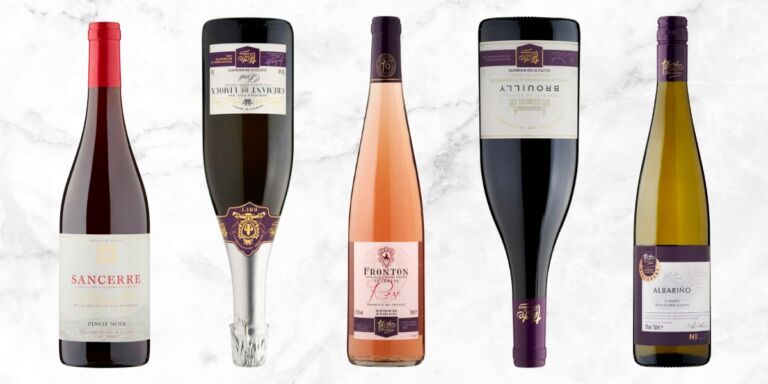A love story is at the heart of a revolution in one of France’s most underrated wine regions. David Chapel, the son of a Michelin three-star restaurateur, began to take an interest in wine. His father was friends with Marcel Lapierre, a famous grower in the region, and so David went to work in the family’s cellar. One day in 2013, Michele, a wine buyer from New York, came to visit. She was late for her appointment, and because the Lapierres had already left for the day, cellar hand David filled in. It was love at first sight: David moved to New York within a month. Three years later, now married, they moved back to Beaujolais and set up Domaine Chapel. They are now part of a band of young, ambitious producers putting Beaujolais back on the fine-wine map and rekindling the world’s love affair with the region’s wines.
Beaujolais is long overdue some affection. In a sense, it’s only got itself to blame. During the 1970s and 1980s, most people knew the region solely through Beaujolais Nouveau, a fruity concoction released to a fanfare worldwide almost indecently soon after harvest. The grapes were hurried through the fermentation process, and the wine was bottled and shipped in time to be sold on the third Thursday in November. Beaujolais Nouveau Day was a big deal; we’re all familiar with the annual scenes of tweedy wine merchants finding ever-more inventive ways of getting the wine to London. The craze has passed in Europe, but there are still enthusiasts like the Japanese, who soak up 6 million bottles or so; Nouveau still accounts for a third of Beaujolais produced. The region has suffered because of it and still struggles to attract serious wine drinkers.
Depressed prices meant that producers took an industrial approach, relying on herbicides and chemical fertilizers rather than tending their vineyards in an organic, hands-on way. What’s more, technology took control in the winery, and the human touch was lost. Then, the emergence of Australia and the New World meant that consumers could have their pick of simple, fruity – and voluptuous – red wines.

The good news is that a revival has taken place in Beaujolais. A new generation of wine producers diligently caring for their vineyards and making compelling wines has brought the wine world’s attention back to this charming region. The roots of this revival began in the 1980s with a group of five winemakers – Marcel Lapierre, Jean-Paul Thévenet, Jean Foillard, Guy Breton and Yvon Métras – who are now legendary names in the region. They took inspiration from scientist and local wine producer Jules Chauvet, who is widely regarded as the father of natural wine. Chauvet believed in farming organically and then making wines without any additives – even the almost universal preservative sulphur dioxide.
The gang of five’s wines were compelling, and it became apparent that Gamay grown in Beaujolais was capable of great things when it was paid the attention it deserved. The quintet’s influence spread; there has been a revival of the old ways of making Beaujolais, from turning over the soils with ploughs rather than using herbicides, to the use of concrete tanks and large oak vats for fermentation. The region has also benefited from a growing worldwide interest in the Gamay grape. Producers in other countries now want a slice of Gamay glory, particularly as lighter red wine styles are gaining in popularity.
It was a performance that was rapturously received, with cries of “Bravo!” echoing around the chamber of Chateau Palmer.
Beaujolais is split into 12 different appellations. At the bottom of the hierarchy there’s basic Beaujolais, then Beaujolais Villages. At the top of the quality pyramid are 10 different crus, bearing the lovely names of the towns and landmarks of this most seductive of landscapes: St-Amour, Juliénas, Chénas, Moulin-à-Vent, Fleurie, Chiroubles, Morgon, Régnié, Brouilly and Côte de Brouilly.
The crus are more expensive than Beaujolais or Beaujolais Villages, but some superb vineyards sit within these less prestigious appellations, and in the hands of a good producer they can make great wines.
In terms of style, Beaujolais can vary from light-coloured and perfumed to rich and dense, because of the different soil types and winemaking techniques. Morgon and Moulin-à-Vent, for example, can make chunky, powerful wines that repay ageing, while St-Amour and Fleurie are better known for their immediately charming, prettier styles. Whatever your taste, there really is something for everyone in Beaujolais, and there has never been a better time to discover – or rediscover – the wines of this region.






















